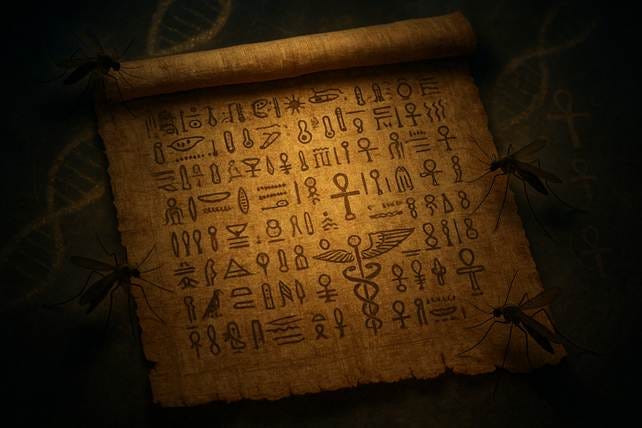Ancient Egypt’s Forgotten Epidemic? The Mystery of the Bone-Breaking Fever

Deep within the hieroglyphic texts of ancient Egypt lies a medical mystery that could rewrite our understanding of disease in the ancient world. A childhood illness called "temyt" - described as "she who belongs to bone-breaking" - may be the earliest recorded case of what we now know as dengue fever, the "breakbone fever" that is spreading across the globe at an alarming rate.
The connection seems impossible at first glance. Dengue fever, carried by the Aedes aegypti mosquito, is considered a modern tropical scourge, with nearly 13 million cases reported globally in 2024 alone. Yet mounting evidence suggests this ancient enemy may have tormented the children of pharaohs thousands of years before modern medicine gave it a name.
A groundbreaking study published in the Journal of Preventive Medicine and Hygiene has sent ripples through the archaeological and medical communities. Led by an international team of scholars including palaeopathologist Prof. Francesco Maria Galassi and Egyptologist Dr. Michael Habicht, the research proposes something extraordinary: that dengue, or a dengue-like disease, stalked the Nile Valley in ancient times, leaving its mark not in bones or mummies, but in the medical papyri that recorded the suffering of its victims.
Keep reading with a 7-day free trial
Subscribe to Ancient Origins UNLEASHED to keep reading this post and get 7 days of free access to the full post archives.

